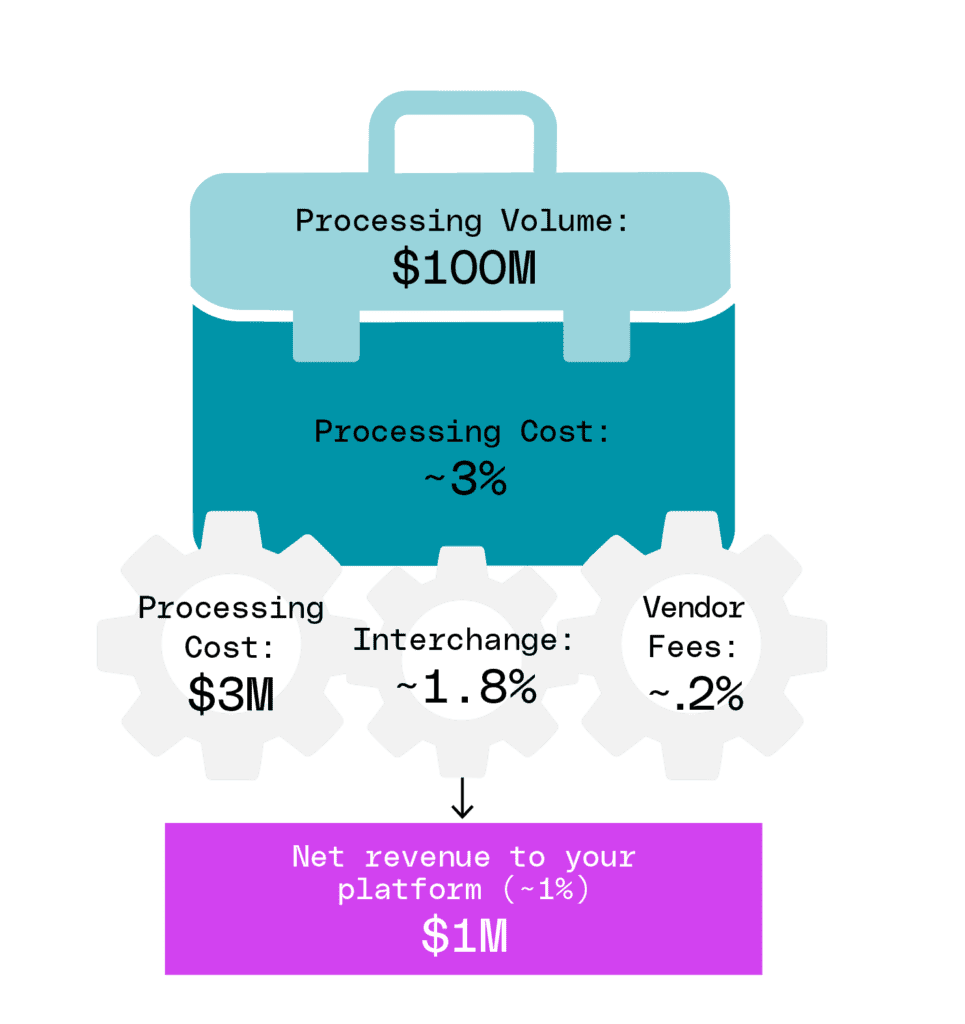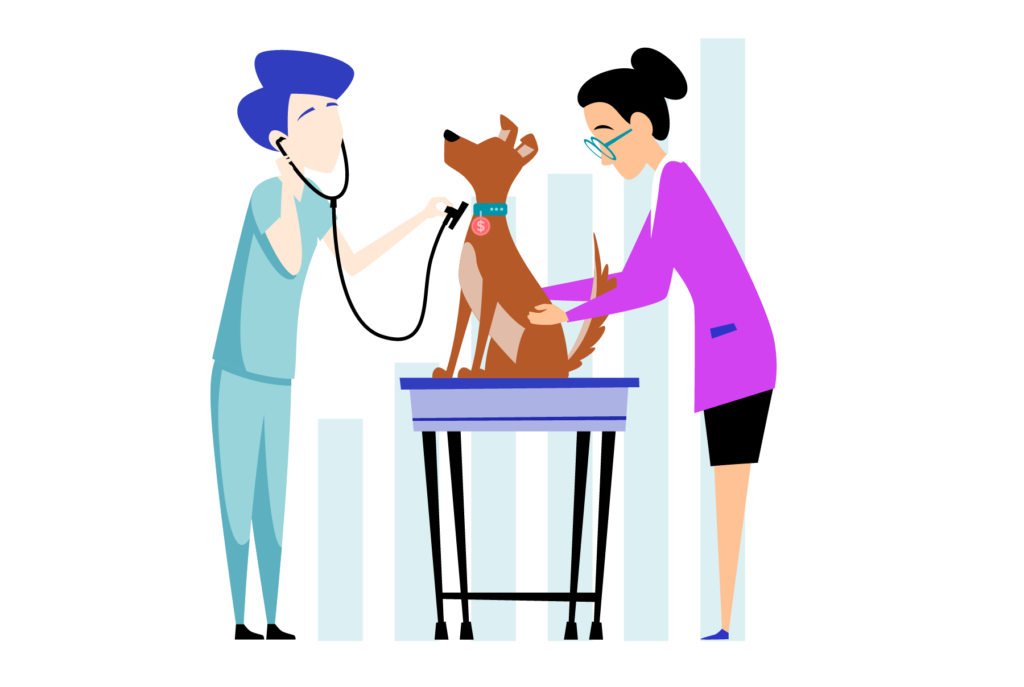When practice management systems like medical, dental, veterinarian, pharmacy, long-term and home-care are built to accept payments, staff have the freedom to spend more time on personalized patient care rather than manual processes associated with billing and data.
Working with an embedded payments partner is an opportunity for medical practices and professionals to avoid the burden of managing complex technology, infrastructure and risk and leave it to the software and payments experts. Ultimately, this helps keep patient needs at the forefront, elevates the customer experience and enables patients to make payments in the way that best suits them.
Not only is an embedded payments solution a win for patients, but it builds an infrastructure that helps drive efficiency, improve operations, enable automation and open up new revenue streams. Offering payments as a feature of your practice management platform increases your revenue by 2-3x and creates a stickier product, which leads to increasing the total enterprise value (TEV) of your software. It’s about more than just the revenue upside, though. Choosing an embedded payments solution should empower you to enrich the patient experience, increase patient payment collections and boost retention.
This blog explains how practice management systems can monetize payments while differentiating your product from others in your space. Read on to learn more.
Increasing your daily dose of revenue
You want to boost your revenue potential. Where do you start? Let’s cover a few key terms:
- Volume: The dollar amount of payments you are processing through your software in a given time period (monthly, annual, etc).
- Processing Cost: Cost to process the payments volume running through your platform.
- Vendor Fees: Fees typical companies in the embedded payments space will charge for a solution.
- Interchange: Transaction fees set by the card networks (Visa, Mastercard, American Express, Discover) whenever a customer uses a credit/debit card. These are paid to the card-issuing bank to cover costs for fraud and the risk involved in approving a payment.
- Basis Point: A simplified unit of measure that expresses percentages in finance.
- Net Revenue: The margin to your platform via embedded payments.
Your revenue from embedded payments is the difference between the buy rate from your payments provider and the go-to-market rate you charge your customer. For example, let’s say you’re processing $100M in payments for practice management systems through your platform. If your processing fees are ~3%, your total processing cost will be about $3M. Going a layer deeper, your processing cost is made up of: ~1.8% in interchange fees (which will vary by card brand) and ~.2% in vendor fees paid to your embedded payments partner.
As a platform, you can earn up to 100 basis points (1%) with embedded payments1. So if you are processing $100M in volume on your platform, your net revenue from payments will be around $1M. Embedded payments transform what is purely a cost center in a traditional payments model into bottom-line revenue that can be invested back into your company.

A cloud-based platform designed to make it easier to manage medical practices wanted to monetize payments and went looking for a partner that aligned with their custom-centricity and flexibility. Payrix stepped in with the right solution to help them optimize operational efficiencies and maximize revenue opportunities. By leveraging our all-in-one payfac-as-service solution, Payrix Pro, our client has been able to scale their business and solve previous customer pain points related to billing, automation and customer satisfaction.
Finding a partner that’s just what the doctor ordered

Monetizing payments may already sound attractive to you — but in order to scale from where you are today to your maximum revenue potential — it requires a strategic approach. Choosing an embedded payment solution is a step in the right direction, but it’s not the complete formula for success.
The right partner will help you establish a payments roadmap and timeline for integration. Once you’ve thoroughly scoped how you will enable payments on your platform, develop a monetization strategy to maximize your payments revenue by:
- Charging a % transaction fee for payments that are processed through your platform
- Charging a flat fee for payments processed
- Marking up payments as a premium feature or bundle of features
- Including fees for non-traditional payment services (i.e. sign-up, monthly SaaS, funding/payout) in your pricing strategy
- A combination of the above
Payrix offers robust fee customization that allows you to monetize your embedded payment solution in just about any way you can imagine.
How you will get your customers to adopt your new solution inside their medical, dental or veterinarian practices will also play an integral role in accelerating your time to revenue. In order to move quickly, you must have a plan in place to generate adoption. Driving adoption is all about understanding the needs of your customers and communicating the benefits of how it will streamline patient care.
If you’re working with an embedded payments partner like Payrix, the resources to support your short and long-term vision will already be in place. Payrix provides an expert team that takes on the heavy lifting of maintaining the technology and managing risk and compliance, so you can focus on growing your business. With an all-in-one solution and guidance at every step of the process, you have everything your platform needs to unleash your possibilities with Payrix.
1Your annual payments revenue opportunity range is estimated based on go-to-market pricing and estimated interchange fees.

